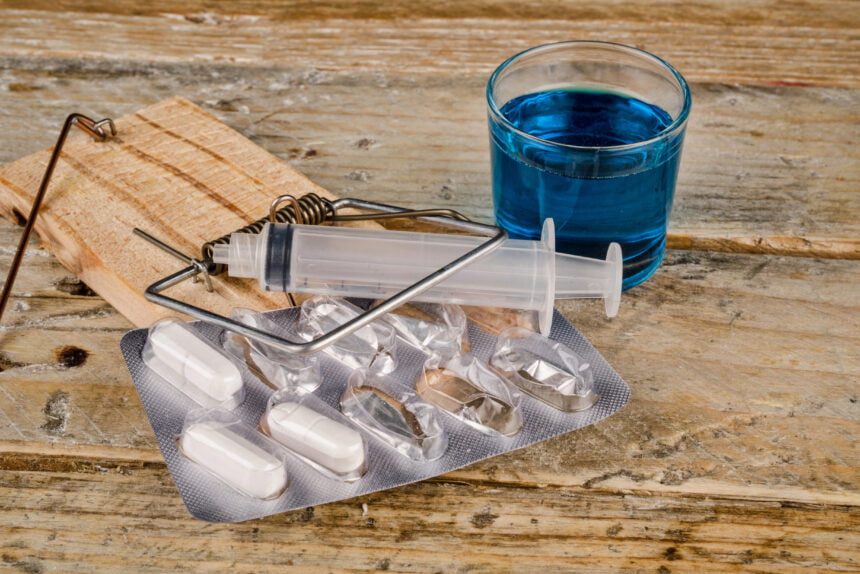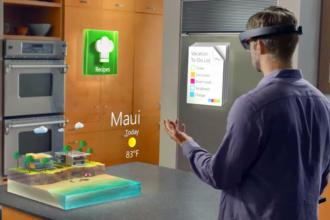The landscape of psychopharmacology research is changing rapidly with the emergence of novel compounds. Among them, 1P-LSD stands out for its significant role in advancing our understanding of neurochemistry. This compound, similar to its more well-known counterpart LSD, is being studied for its potential therapeutic applications and effects on human consciousness.
You might wonder how 1P-LSD is shaping future research. By activating 5-HT2A receptors, 1P-LSD offers researchers a valuable tool for exploring the complexities of the human mind. As researchers dive deeper into its properties, the potential for new treatments for mental health conditions becomes clearer. For those interested in learning more or obtaining it for research, it’s important to find a reliable source for 1P-LSD (Fuente confiable para comprar 1P-LSD) from reputable suppliers.
Additionally, 1P-LSD is considered a prodrug of LSD, meaning it is rapidly converted to LSD in the body. This characteristic allows scientists to study its specific effects more precisely, which could lead to significant breakthroughs in psychopharmacology. By investigating its pharmacokinetics and subjective effects, ongoing research aims to translate these findings into real-world therapeutic applications. It is going to be very important in many future drug clinical trials.
Understanding 1P-LSD and Its Place in Psychopharmacology
1P-LSD, or 1-propionyl-lysergic acid diethylamide, is gaining attention for its similarities to LSD. It acts as a prodrug, converting to LSD in the body. Researchers are examining its pharmacodynamics, psychoactive profile, and how it compares to other compounds.
Chemical Structure and Pharmacodynamics
1P-LSD is a derivative of lysergic acid diethylamide (LSD) and functions as a prodrug. This means it converts into LSD when it undergoes hydrolysis in the body. The chemical structure includes a propionyl group attached to the nitrogen molecule of the LSD backbone. This modification does not alter the pharmacodynamics significantly.
The pharmacology of 1P-LSD involves interacting with serotonin receptors, especially the 5-HT2A receptor. These interactions lead to its serotonergic hallucinogenic effects. The conversion process makes 1P-LSD an important focus of research in psychopharmacology.
Psychoactive Profile and Receptor Binding
1P-LSD exhibits psychoactive effects similar to LSD. These effects include visual and auditory hallucinations, altered time perception, and emotional changes. The compound binds primarily to the 5-HT2A receptor, a key player in the hallucinogenic effects of serotonergic psychedelics.
The psychoactive profile is studied for its potential therapeutic uses. Researchers compare 1P-LSD’s effects with those of other serotonergic hallucinogens such as LSZ, ALD-52, and AL-LAD. Understanding receptor binding helps in developing psychopharmacological treatments that can treat depression and stress.
Comparative Analysis with LSD and Other Analogs
Comparing 1P-LSD to other compounds like LSD and its analogs reveals both similarities and differences. As a prodrug, 1P-LSD’s psychoactive effects and potency are almost identical to LSD’s. However, other analogs such as 1cP-LSD, 1B-LSD, and 1V-LSD also hold similar properties but differ in potency.
Studies show the near 100% bioavailability of LSD after 1P-LSD ingestion, highlighting its efficacy. This makes 1P-LSD a significant focus in psychopharmacology research for understanding hallucinogenic effects and potential therapies.
1P-LSD’s unique position as a prodrug and its efficient conversion to an active hallucinogen drive ongoing research. Comparing it to both classic and newer analogs provides deeper insights into its psychopharmacological potential.
Implications for Clinical Research and Mental Health
Understanding 1P-LSD can offer potential breakthroughs in treating mental health disorders and provide insights into human consciousness. By exploring current research methodologies, therapeutic applications, and regulatory challenges, you can gain a comprehensive view of its impact.
Current Research Trends and Methodologies
Researchers are focusing on how 1P-LSD activates the 5-HT2A receptors in the brain. Techniques like nuclear magnetic resonance spectroscopy, infrared spectroscopy, and mass spectrometry are used to study its molecular structure and effects.
Animal models, such as male C57BL/6 J mice, often help scientists observe behavioral changes like the head-twitch response. Researchers use methods like lc-ms/ms and gas chromatography-mass spectrometry to track how 1P-LSD is metabolized. These findings can provide valuable data for clinical settings.
Potential Therapeutic Applications
1P-LSD could help treat conditions like anxiety, depression, and alcoholism. Its ability to activate specific brain receptors suggests it might improve mental health indicators over traditional therapies.
Some studies explore psychedelic-peak therapy, a technique that uses carefully monitored doses to achieve therapeutic efficacy. While more research is needed, early findings indicate that controlled environments can offer significant mental health benefits.
The potential to create designer drugs for specific conditions is another exciting prospect. These new psychoactive substances could offer more targeted treatments, reducing the side effects commonly associated with current medications.
Challenges in Research and Regulation
Despite its potential, 1P-LSD faces significant regulatory hurdles. The legal status of such substances varies globally, making it difficult for researchers to conduct comprehensive studies. Strict regulations often limit the scope of clinical research, causing delays in advancements.
Recreational use and the rise of online markets for these substances further complicate regulation. Ensuring these drugs are used safely and effectively in medical settings remains a significant challenge.
Ethical considerations also play a role, as the use of psychoactive substances in therapy requires careful monitoring to avoid misuse and ensure patient safety. Balancing these factors is important for the future of 1P-LSD in medical research.
Conclusion
1P-LSD is playing a significant role in psychopharmacology research. It is important for neurochemical research because it activates key brain receptors. This compound helps researchers study the neural mechanisms of drugs more effectively.
Researchers are discovering new insights into how 1P-LSD affects the brain. With its availability as a research chemical, it offers a bridge to better understanding human consciousness and mental health disorders. As studies continue, 1P-LSD might open new doors for mental health treatments.









